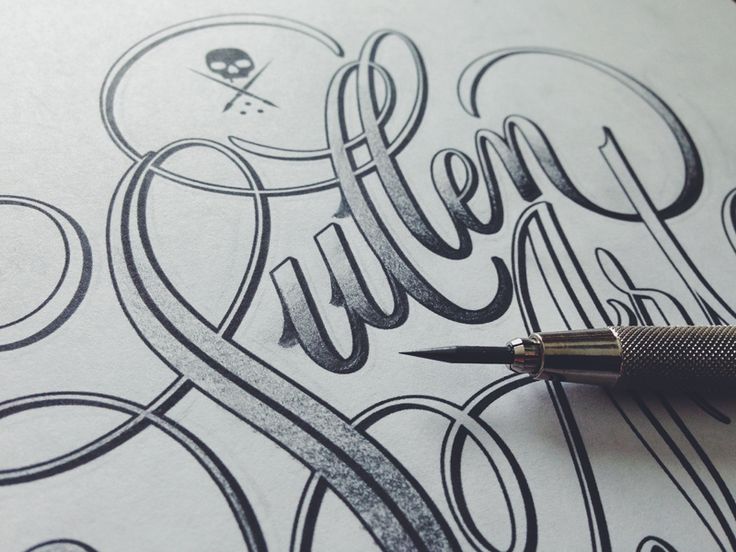It is very important to choose your colors wisely. Choosing the wrong colors can make a design dull and look a bit off, so consideration is in order. There are various color combinations you can use to achieve a natural effect. The most known is the color wheel.
Color Combinations
It is interesting to see how the color wheel, or color circle, has come to be. There are different types of color wheels, but the one you see here is the most descriptive of how the circle works. The color wheel shows the relation between the primary colors, the secondary colors, and the tertiary colors. The primary colors are red, blue, and yellow. The secondary colors are colors you get when you take even amounts of a primary color and mix them. So when you take red and blue, you get purple. Blue and yellow make green, and yellow and red make orange.
These are the basic elements of the color wheel. If you take two primary colors you get a secondary color, if you take a secondary color and a primary color you get a tertiary color. Put all of the colors together, and you get brown. But there is no way of making a primary color with a secondary color or a tertiary color. So if you are an artist working with paint, you can make every color if you have red, blue, and yellow. If you only have red, blue, and green, there is no way to make yellow.
Color Harmonies
Being in harmony simply means that something is in such a way that it makes sense. With colors, that’s no different. That is why it is so important to choose the right colors. For that, you can use color harmonies.

Monochromatic
The monochromatic harmony uses various values of the same color family. This means that there is made use of different tints, tones, and shades of the same color.
Analogous
With analogous color relationships, colors are located adjacent to each other on the color wheel.
Complements
The complementary colors are on opposite sides of the color wheel. That makes red the complementary color of green. These colors enhance each other.
Split-complements
Split-complementary colors are one color on one side of the color wheel, and two others equally spaced from its complement, resulting in three colors.

Double-complements
Double complement harmonies include two sets of complementary colors that sit next to and across from each other on the color wheel forming an X.
Tetrad
Tetrad colors are four colors equally spaced on the color wheel. This means that in a 12-step color wheel, every color is touched by the corners of a square. This might be the hardest color combination to use. The best way to handle this combination is to choose no more than two dominant colors.
Triad
Triad colors are three colors equally spaced on the color wheel.
Diad
Diad schemes are combinations of two colors located two steps apart on the color wheel, skipping the color in between.
Of course, there are other great ways to get color inspiration for your designs. Some designers depend on the meaning of colors and their harmonies and choose their colors beforehand. Other designers first build up their elements before they pick their colors. A known trick for picking colors is to pick colors from a photo.
Color Context
The surroundings of color are very important. A color can get a different contrast when laid next to another color and can be seen completely differently.

Take these shades of purple. The rectangle in the middle of each color is the same as the other. Only the left rectangle appears to be a warmer color than the rectangle on the right.
Take the butcher department in the supermarket for instance. A lot of the time you find little green plastic leaves between the different pieces of meat. This makes the meat red, which would indicate that there is still blood left in the meat, which would suggest that the meat is fresh. Would you take the green away, the meat would get a more brownish color, which would suggest that the meat has lain there for a couple of days. So placing the little green fake leaves between the meat, makes the red more stand out. And a stronger red equals more sales.
Symbolism
It is very important to know what the symbolism behind colors can be. A good example is the recent color change in the McDonald’s emblem. McDonald’s used to use the colors red and yellow. Both are primary colors. It indicates the core values of the fast food giant. Yellow stands for positivity, sunshine, and playfulness. Red stands for energy, excitement, and courage. Lately, McDonald’s changed these colors to yellow and green, because the company wanted to be associated with health. The fast food industry has a very bad reputation when it comes to health, and just changing the products wasn’t enough. People walking past McDonald’s should feel like going in isn’t going to clog their arteries with fat. With the color change from red to green, going into McDonald’s feels like it still gives you the option of choosing between a nasty burger and a healthy salad.
Every color has its symbolic meaning. It can be very contradictory and some colors have more associations than others. Most associations are very strong, and it is hard to break that connection. So it is easier to take colors for their associations than trying to change them.

There are also religious connections to colors. In India, they celebrate Holi, the festival of colors, which is a New Year’s celebration feast. During this feast, the Hindus throw scented powder to each other, to celebrate the colors of spring.
American and West European cultures are very similar when it comes to colors. These cultures define colors in the following way:
- Red evokes aggressiveness, passion, strength, and vitality. It is recognized as a stimulant and draws attention. As an accent, it can immediately focus attention on a particular element.
- Orange evokes fun, cheeriness, and warm exuberance. It is a close relative of red and most people either hate or love this color.
- Yellow evokes positivity, enlightenment, and happiness, but can also stand for cowardice. It can also stand for the youth in children.
- Green evokes tranquility, health, and freshness. Next to blue, it is a favorite color for most people. It is often used in interior design because we are used to seeing it everywhere. Green is considered the color of peace and ecology, but it can also be an indication of illness and negative emotions. For some countries, it is also the color of money.
- Blue evokes authority, dignity, security, and faithfulness. It is the overwhelming favorite color, and maybe that is why a lot of application icons are blue. The color is seen as trustworthy, dependable, and committed. Next to that it is the least gender-specific color, it has an equal appeal to both men and women. Still, baby blue refers to boys.
- Purple evokes sophistication, spirituality, costliness, royalty, and mystery. It is the color that is most liked by creatives and is very adaptive. This color takes over the characteristics of its undertone.
- Pink evokes femininity, innocence, softness, and health. It has a lot of the same characteristics as red, without being too aggressive. It is often associated with romance and is the gender color for girls.
- Brown evokes utility, earthiness, woodiness, and subtle richness. It is the color of the earth and is associated with all things natural and organic. All colors combined make brown, and that is why it is a very difficult color to use in designs.
White, grey, and black are not defined as colors, since they are shades of brightness. But that doesn’t mean that they are not symbolic.
- White evokes purity, truthfulness, being contemporary and refined. Doctors wear white coats, and a white picket fence surrounds a safe and happy home. Brides traditionally wear white gowns, symbolic of their virginity.
- Grey evokes somberness, authority, practicality, and a corporate mentality. It is the color of intellect, knowledge, and wisdom. Grey is also a business color and it is perceived as long-lasting, classic, and redefined. It is also a perfect natural, which is why designers often use it as a background color and why a lot of digital artists use a grey background to draw their paintings on.
- Black evokes seriousness, distinctiveness, boldness, and being classic. It is also very authoritative and powerful. Evil characters in movies are often dark, while the good guys are light. Black represents a lack of color and emptiness. It is a classic color for clothing, possibly because it makes the wearer appear thinner and more sophisticated.
The symbolism of colors can differ in different cultures. The symbolism can even differ from periods of time and can even have a different meaning in the same culture. The color red is often used in stop signs in European and North American cultures, while at the same time, it can stand for love and hate.
There are a couple of sites dedicated to color use. Adobe has its own kuler web application and the website colorlovers.com is a creative community where you can share your colors, pallets, and patterns. They can come in handy, so be sure to check them out.






